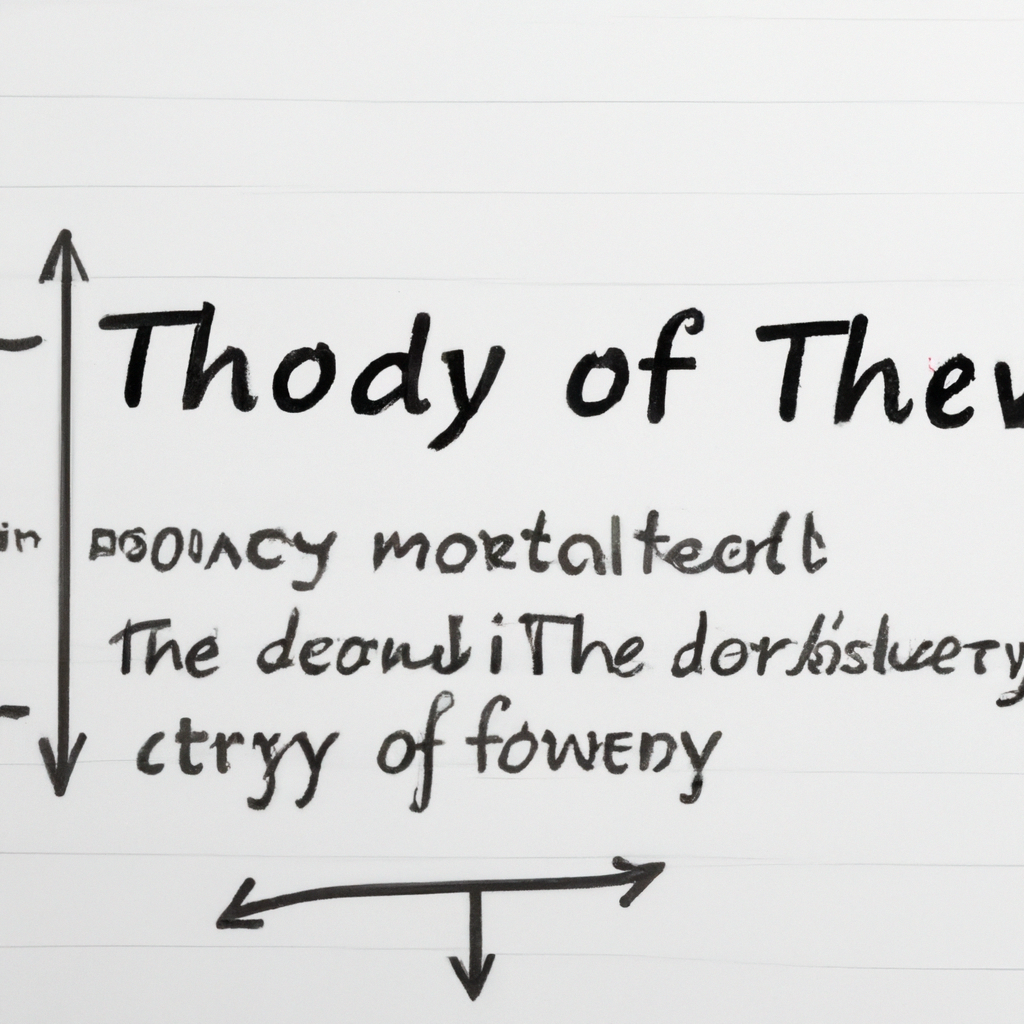Dow Theory in Market Forecasting: A Comprehensive Guide
Introduction
When it comes to predicting market trends and making informed investment decisions, many traders and investors turn to various technical analysis methods. One such approach is the Dow Theory, which has been widely used for over a century. Developed by Charles H. Dow, the founder of the Wall Street Journal, the Dow Theory provides valuable insights into market movements and can be a valuable tool for forecasting. In this article, we will explore the key principles of the Dow Theory and how it can be applied in market forecasting.
Understanding the Dow Theory
The Dow Theory is based on the analysis of the Dow Jones Industrial Average (DJIA) and the Dow Jones Transportation Average (DJTA). According to this theory, the movement of these two averages can provide valuable signals about the overall direction of the market. Here are the key principles of the Dow Theory:
1. The Averages Must Confirm Each Other
According to the Dow Theory, for a market trend to be considered valid, both the DJIA and DJTA must confirm each other’s movements. In other words, if the DJIA reaches a new high, the DJTA should also reach a new high, indicating a strong bullish trend. Conversely, if one average reaches a new high while the other does not, it may signal a potential reversal or weakness in the trend.
2. Trends Have Three Phases
The Dow Theory suggests that market trends have three distinct phases: the accumulation phase, the public participation phase, and the distribution phase. During the accumulation phase, smart money and institutional investors start buying stocks, but the overall market sentiment remains bearish. In the public participation phase, the broader public starts to notice the upward trend and begins buying stocks. Finally, during the distribution phase, the smart money starts selling their positions, and the market begins to decline.
3. Volume Confirms the Trend
Volume plays a crucial role in the Dow Theory. According to Dow, volume should confirm the direction of the trend. In an uptrend, increasing volume during market advances indicates strong buying interest and validates the bullish trend. Conversely, decreasing volume during market declines suggests waning selling pressure and may indicate a potential trend reversal.
Applying the Dow Theory in Market Forecasting
Now that we have a basic understanding of the Dow Theory, let’s explore how it can be applied in market forecasting:
1. Analyzing the Dow Averages
The first step in applying the Dow Theory is to analyze the DJIA and DJTA charts. Look for patterns, trends, and potential divergences between the two averages. If both averages are moving in sync and confirming each other’s movements, it suggests a strong and reliable trend.
2. Identifying Trend Reversals
By observing the volume and price action, the Dow Theory can help identify potential trend reversals. If the averages reach new highs or lows, but the volume is weak or diverging, it may indicate a weakening trend and a possible reversal. Traders can use this information to adjust their positions or consider taking profits.
3. Confirming Breakouts
The Dow Theory can also be used to confirm breakouts and validate the strength of a trend. If both averages break out to new highs or lows with increasing volume, it suggests a strong continuation of the trend. Traders can use this confirmation to enter new positions or add to existing ones.
Conclusion
The Dow Theory is a valuable tool in market forecasting, providing insights into market trends, potential reversals, and confirming breakouts. By analyzing the movement of the DJIA and DJTA, as well as considering volume patterns, traders and investors can make more informed decisions and improve their chances of success in the market. However, it’s important to remember that no forecasting method is foolproof, and combining the Dow Theory with other technical and fundamental analysis tools can further enhance its effectiveness.

